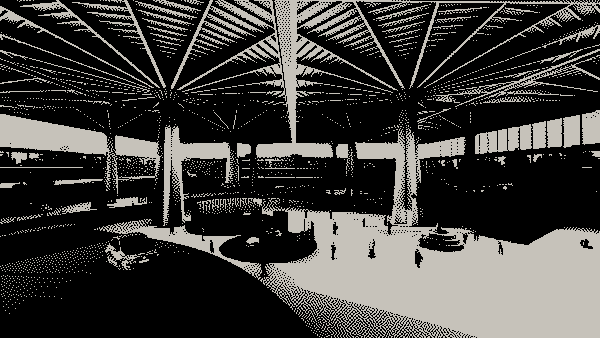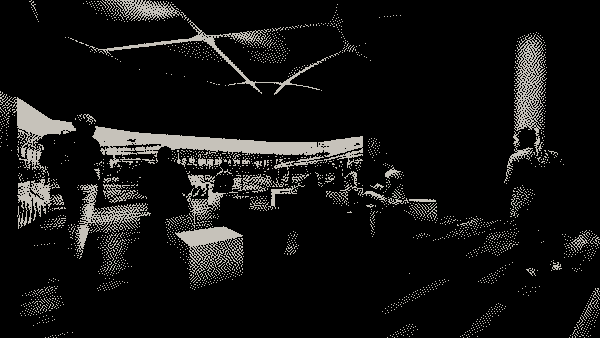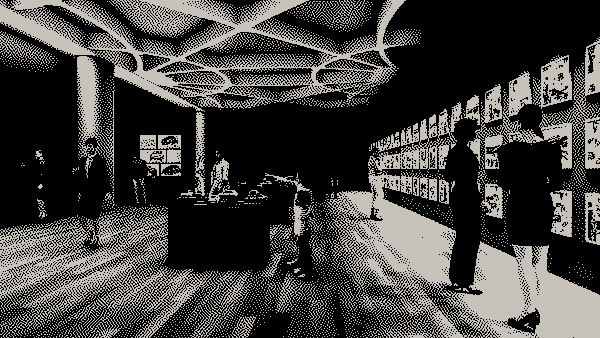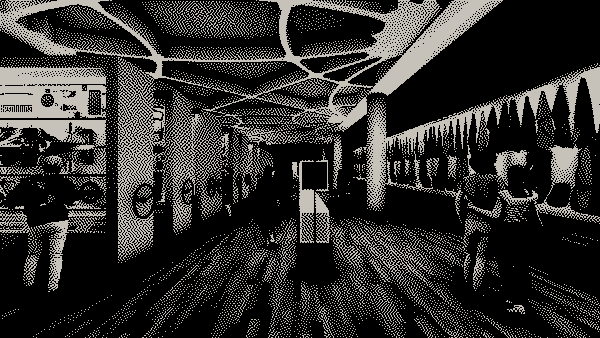Accademia di Belle Arti di Firenze
Website link
The origins of the Academy of Fine Arts of Florence date back to the first corporate organizations of the city’s trades: the Compagnia di San Luca or Dei Pittori, founded in 1339, is in fact to be considered the first nucleus from which in 1563, under the protection of Cosimo Under the Medici family, the Academy of Drawing founded by Giorgio Vasari developed. The great modernization of this institution in the European context was desired by the Grand Duke of Tuscany, Peter Leopold I of Lorraine, who in 1784 reorganized the Academy, finding its current location in what had been the Hospital of San Matteo and renaming it the Academy of Fine Arts.
In the twentieth century, the Academy was regulated for a long time by the Gentile Law of 1923, and saw the detachment of Architecture - which became a separate Faculty - in 1927. The Academy of Fine Arts of Florence is today an institution of higher education which has its roots in the humanistic tradition and develops in the contemporary world in a continuous cycle of renewal. Attended by almost 2 thousand students (November 2022 data) from all over the world, it is structured into specialized three-year and two-year courses which now cover the entire range of courses linked to current creativity: from design to the most innovative technologies. Among the artists trained in recent years, to name a few: Sandro Chia, Massimo Bartolini, Sisley Xhafa. Today the Academy has opened up more and more towards the city and the territory with exhibitions of students, reviews, performance events, conferences which have seen it as an authoritative interlocutor alongside the other institutions responsible for the promotion of contemporary art.
Institute's projects
These web pages are designed according to the concepts of "Sustainable Web Design," which is an approach to website architecture aimed at minimizing environmental impact and maximizing energy efficiency and reducing CO2 production. Recall that according to some estimates, a simple search can generate 1g to 10g of CO2, while simply browsing a website produces an average of 1.76g of CO2 per page viewed.
 20kB
20kB 14kB
14kB 34kB
34kB 31kB
31kB 26kB
26kB